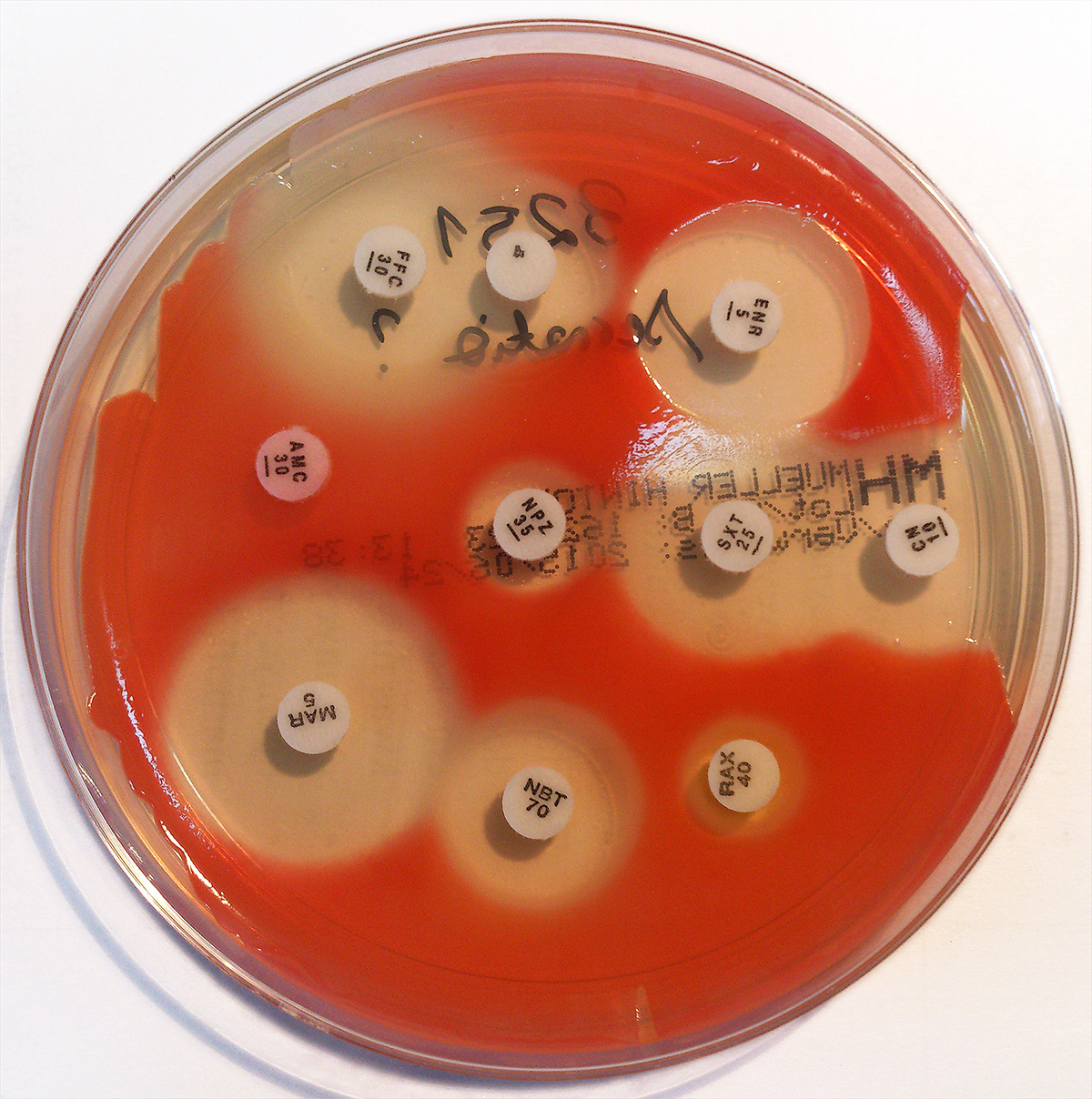|
Serratia Marcescens
''Serratia marcescens'' () is a species of rod-shaped, Gram-negative bacteria in the family Yersiniaceae. It is a facultative anaerobe and an opportunistic pathogen in humans. It was discovered in 1819 by Bartolomeo Bizio in Padua, Italy.Serratia marcescens. (2011, April). Retrieved from https://microbewiki.kenyon.edu/index.php/Serratia_marcescens ''S. marcescens'' is commonly involved in hospital-acquired infections (HAIs), also called nosocomial infections, particularly catheter-associated bacteremia, urinary tract infections, and wound infections, and is responsible for 1.4% of HAI cases in the United States. It is commonly found in the respiratory and urinary tracts of hospitalized adults and in the gastrointestinal systems of children. Due to its abundant presence in the environment, and its preference for damp conditions, ''S. marcescens'' is commonly found growing in bathrooms (especially on tile grout, shower corners, toilet water lines, and basins), where it manife ... [...More Info...] [...Related Items...] OR: [Wikipedia] [Google] [Baidu] |
Serratia Marcescens - Antibiogram
''Serratia'' is a genus of Gram-negative, Facultative anaerobic organism, facultatively anaerobic, Bacillus, rod-shaped bacteria of the family Yersiniaceae. According to the List of Prokaryotic names with Standing Nomenclature (LPSN), there are currently 19 species of ''Serratia'' that are credibly published with accurate names as of 2020: ''S. aquatilis, S. entomophila, S. ficaria, S. fonticola, S. grimesii, S. liquefaciens, S. marcescens, S. microhaemolytica, S. myotis, S. nematodiphila, S. odoriferae, S. oryzae, S. plymuthica, S. proteamaculans, S. quinivorans corrig, S. rubidaea, S. symbiotica, S. ureilytica, S. vespertilionis''. They are typically 1–5 μm in length, do not produce spores, and can be found in water, soil, plants, and animals. Some members of this genus produce a characteristic red pigment, prodigiosin, and can be distinguished from other members of the order Enterobacterales by their unique production of three enzymes: DNase (Serratia marcescens nuclease, nucA ... [...More Info...] [...Related Items...] OR: [Wikipedia] [Google] [Baidu] |
